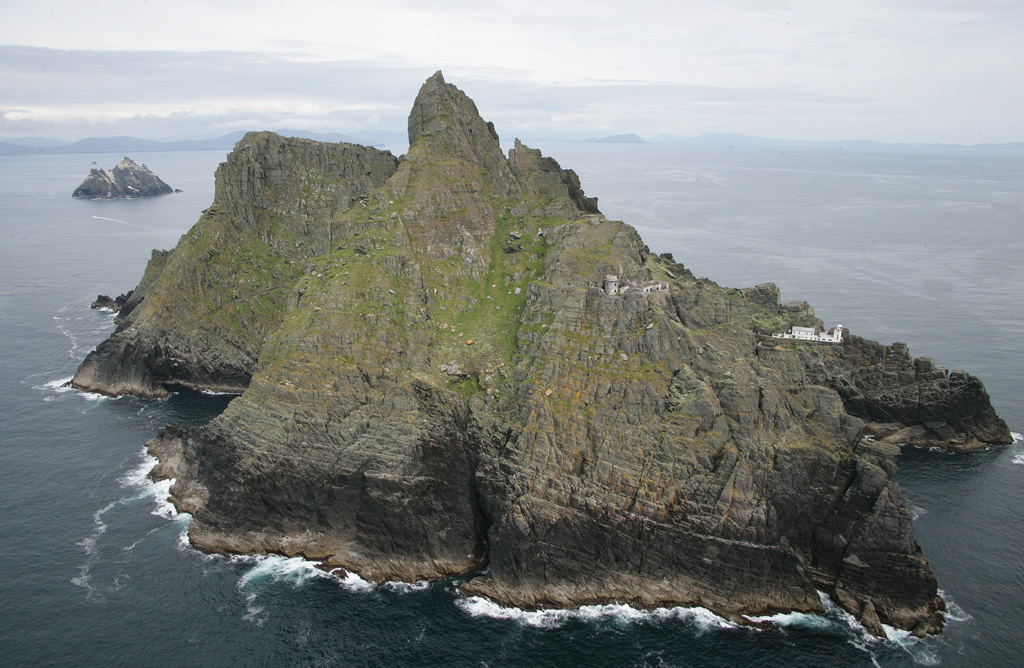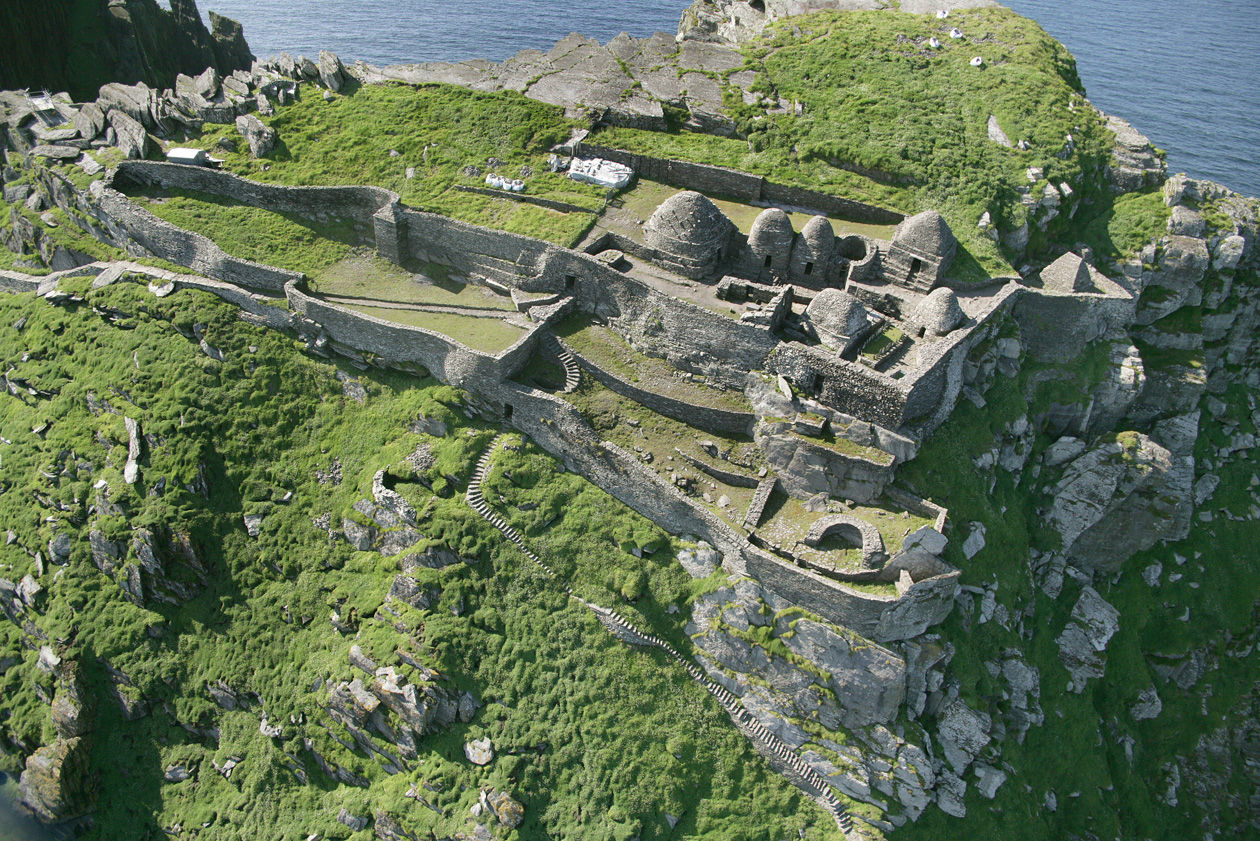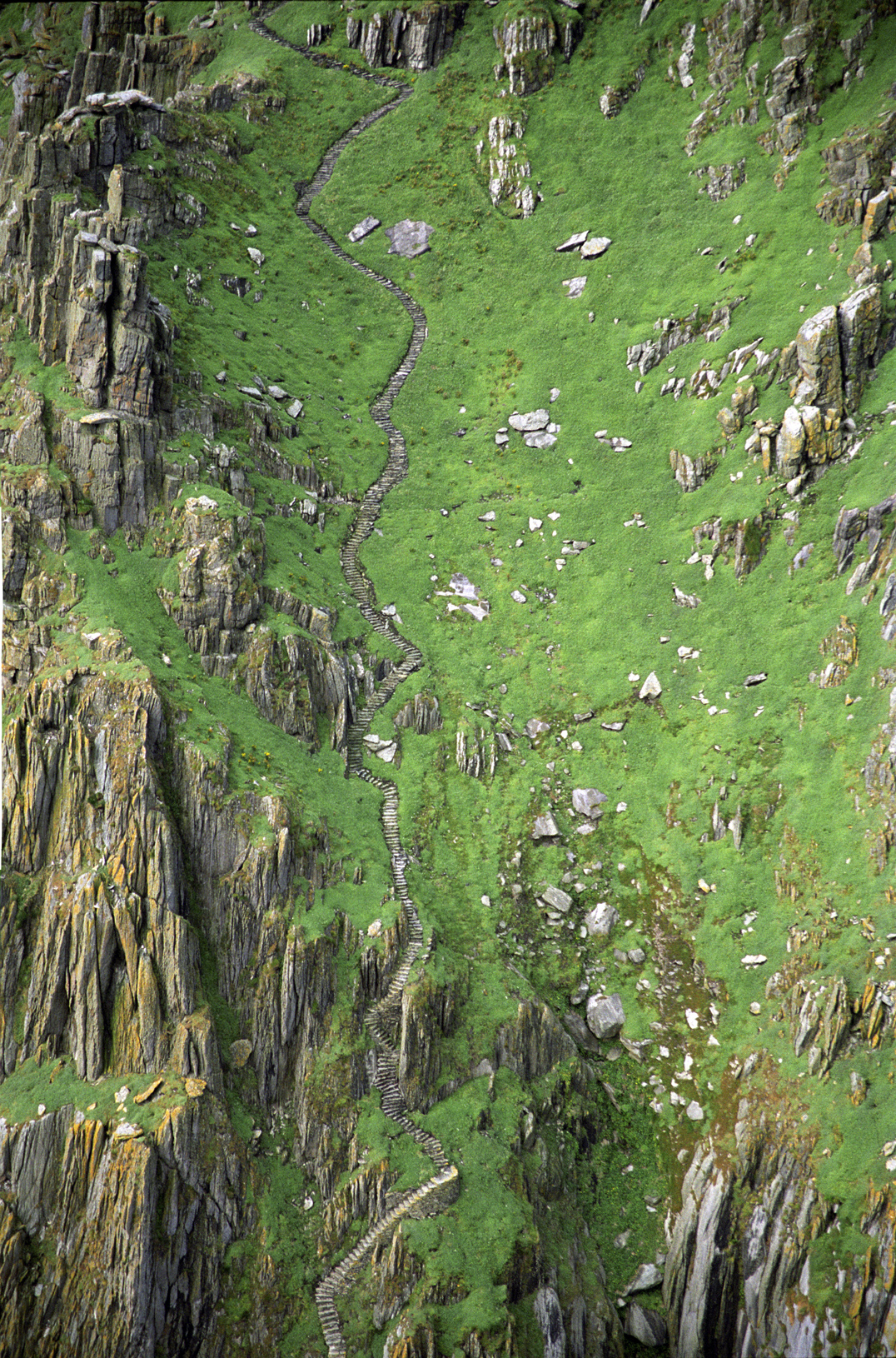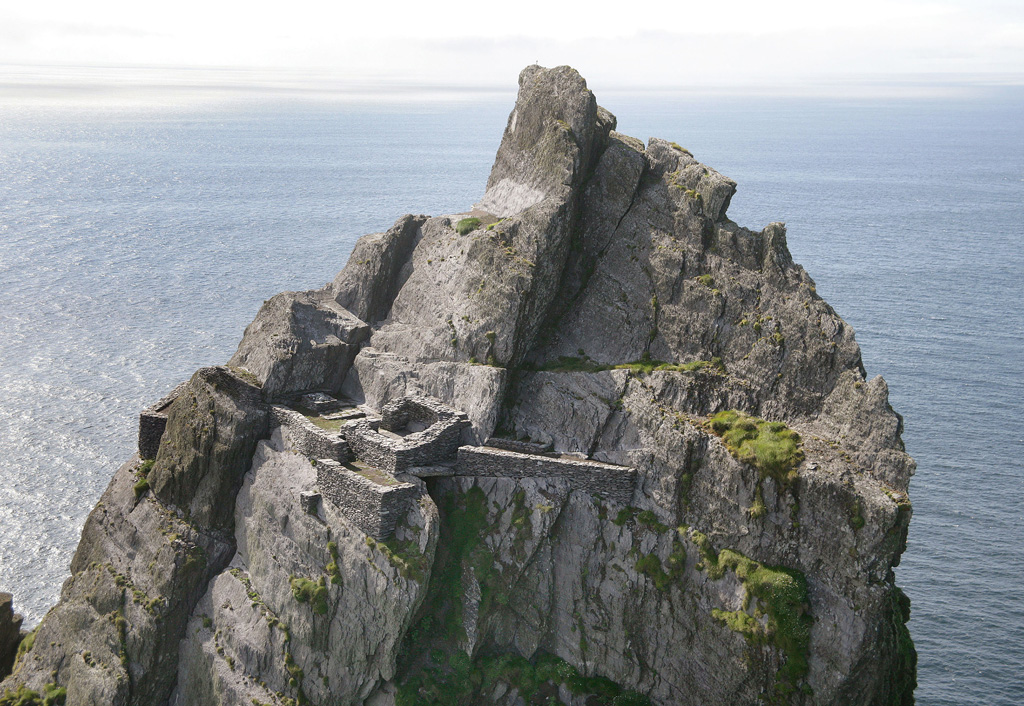




The landscape setting of Scelig Michíl are vital components for the conservation and protection of the Outstanding Universal Value of the site, for this reason the site of Scelig Michíl is not managed separately as an archaeological site and a natural protected areas but it is managed as an evolved cultural landscape made of cultural and natural values that have been shaped over more than 1300 years of history.
The management of the site requires a careful balancing between natural, cultural and socio-economic values; and the use of the place. The management strategy looks not only at the conservation of the built heritage and the physical fabric of the site but also at the conservation and enhancement of the setting of the place through cooperation among cultural and environmental bodies (institutional, governmental and non-governmental).
The conservation of the cultural attributes of the site requires to consider an overarching set of possible challenges of geological, environmental, cultural but also climatic nature. Additionally, the conservation of the setting of the landscape and the way in which the place is experiences is further enhanced by the limited accessibility to the island, which is required for reasons of security, carrying capacity and for the adequate conservation of bird breeding grounds.
The management strategy is enabled by the recognition of Scelig Michíl as a cultural landscape created by the interaction between humans and this extraordinary sea- and landscape.
The management plan has been developed and is being implemented through a consensus-based committee led by the Department of Culture, Heritage and the Geltacht (DCHG) and comprising experts from the Office of Public Works (OPW), the National Parks and Wildlife Service (NPWS), the National Monument Service (NMS).
The work towards the management of Scelig Michíl as a cultural landscape considering both natural and cultural values has been a work in progress that has built on the experience made in the past five decades of management and conservation of the place.
This conservation approach requires a thorough cooperation and coordination among natural and cultural institutional and governmental bodies, the values of the site have to be adequately shared and understood to allow for decision to be taken with the consensus of all relevant stakeholders.